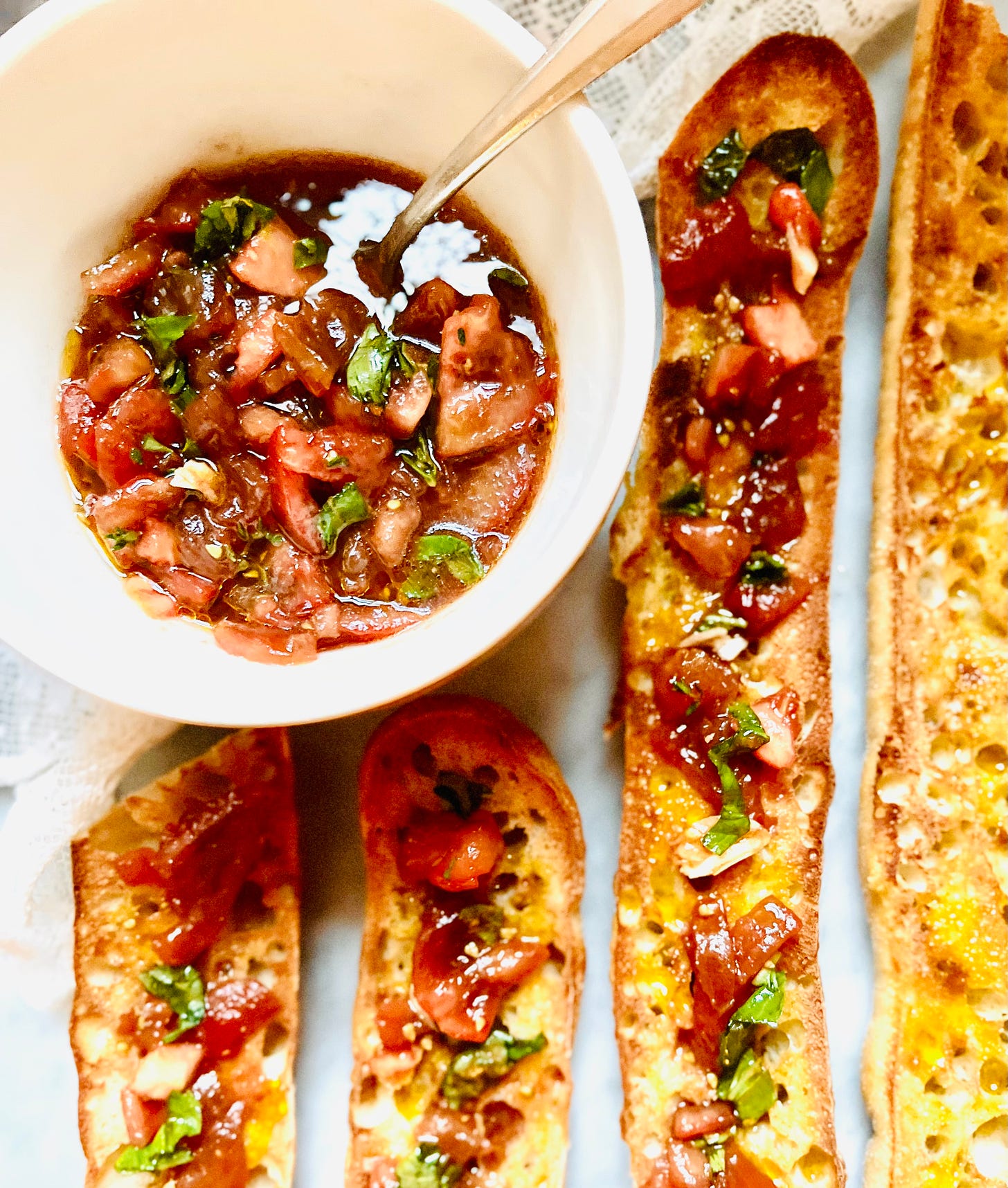When Did Fine Dining Involve Chocolate-Sprayed Moss? - No. 182
Before it was elitist, fine dining’s roots were in the home. Plus Michel Guérard's tomato sauce to spoon over crusty bread, simmered white beans, or grilled chicken, to bring some life to winter.

THE FOOD MEDIA IS WEEPING over the closing of Noma, the haute, style-setting Copenhagen restaurant many of us may never visit. Chef Rene Redzepi will shutter Noma at the end of 2024 and transform it into Noma 3.0, a food lab.
In the context of our everyda…


